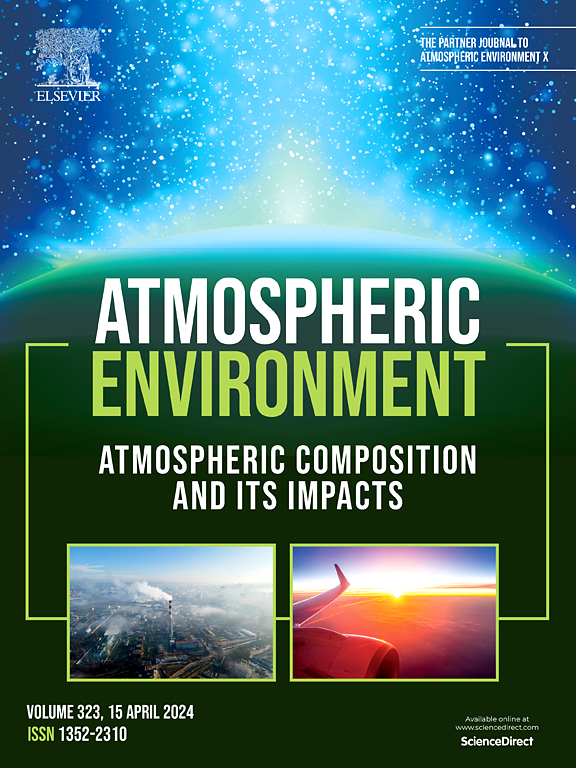Influence of ambient particulate matter and environmental factors on the seasonal bioaerosol load in the middle Indo-Gangetic Plain
IF 4.2
2区 环境科学与生态学
Q2 ENVIRONMENTAL SCIENCES
引用次数: 0
Abstract
The study investigated the bioaerosol load and associated possible health risks at diverse macro-environments in the middle Indo-Gangetic Plain (IGP) region. The seasonal bioaerosol load investigations showed summer and monsoon seasons having higher concentrations than winter and post-monsoon seasons in outdoor environments. Besides meteorological factors (temperature and RH), the cytotoxic effect of PM2.5 was seen on ambient bioaerosol concentrations (R = −0.97, p < 0.05). This adverse effect of PM2.5 on bioaerosols was also validated in lab studies on model organism Escherichia coli. The results demonstrated bacteriostatic effects in used range of concentrations. Although lethal concentration (LC50) was not reached even at PM2.5 treatment of 80 μg/ml, a concentration-dependent inhibition of bacterial cell viability was observed.
Furthermore, the health risk associated with bioaerosol exposure in the region was very high. The calculated hazard ratio was greater than one at all IGP locations, with very high potential of infection in polluted city center compared to pristine city outskirts. Higher hospital visits related to pulmonary infections by the people was reported in the city center compared to the city outskirts. The Gram-negative bacteria was found to be more closely associated with respiratory problems in the exposed population. The detailed investigations found pathogenic bacteria, particularly those associated with the genera Streptococcus, Staphylococcus, Enterococcus, Pseudomonas, and Enterobacteriaceae, to be prominent in the ambient air. Simultaneously, seven fungal genera were identified, with Aspergillus and Penicillium being most prevalent in the region.

求助全文
约1分钟内获得全文
求助全文
来源期刊

Atmospheric Environment
环境科学-环境科学
CiteScore
9.40
自引率
8.00%
发文量
458
审稿时长
53 days
期刊介绍:
Atmospheric Environment has an open access mirror journal Atmospheric Environment: X, sharing the same aims and scope, editorial team, submission system and rigorous peer review.
Atmospheric Environment is the international journal for scientists in different disciplines related to atmospheric composition and its impacts. The journal publishes scientific articles with atmospheric relevance of emissions and depositions of gaseous and particulate compounds, chemical processes and physical effects in the atmosphere, as well as impacts of the changing atmospheric composition on human health, air quality, climate change, and ecosystems.
 求助内容:
求助内容: 应助结果提醒方式:
应助结果提醒方式:


